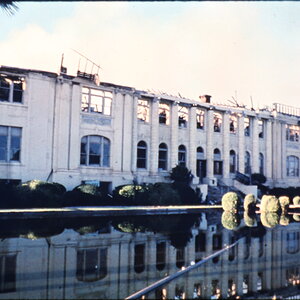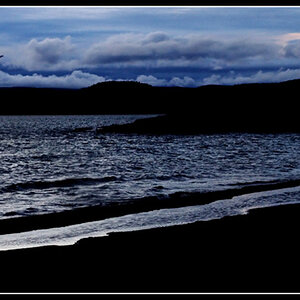Philip Weir
TPF Noob!
Hi, haven't been on the site for quite a while, but trust my comments help.
[A] Either go for selective focus or a much DOP as you can, half way doesn't work. Get a bottle of water with a fine spray top and carefully spray some droplets on the subject. It will make them look fresh. [C] move your light source to one side to get stronger shadows, but still soft, then position a mirror on the opposite side to give some rim light to the fruit. That should help. Philip. www.philipweirphotography.com
[A] Either go for selective focus or a much DOP as you can, half way doesn't work. Get a bottle of water with a fine spray top and carefully spray some droplets on the subject. It will make them look fresh. [C] move your light source to one side to get stronger shadows, but still soft, then position a mirror on the opposite side to give some rim light to the fruit. That should help. Philip. www.philipweirphotography.com


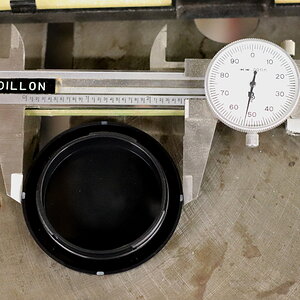


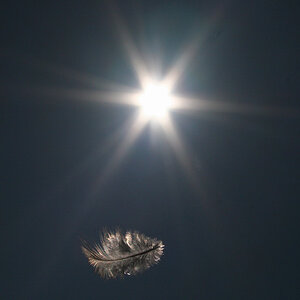
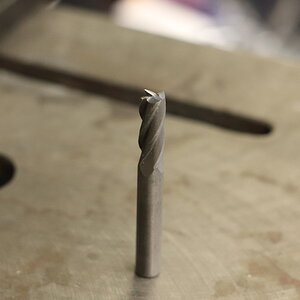
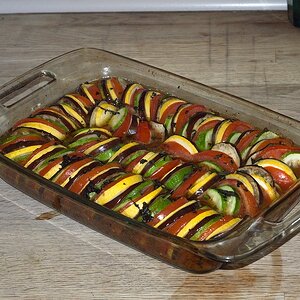
![[No title]](/data/xfmg/thumbnail/42/42267-2fff585000110a96fd9ac3ff09cceb95.jpg?1619740076)
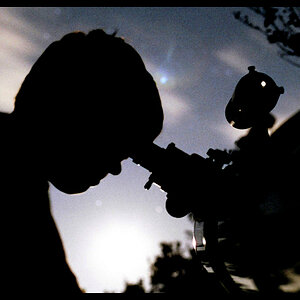
![[No title]](/data/xfmg/thumbnail/31/31093-5a5bf042a168153ccffbce7a66501050.jpg?1619734610)

